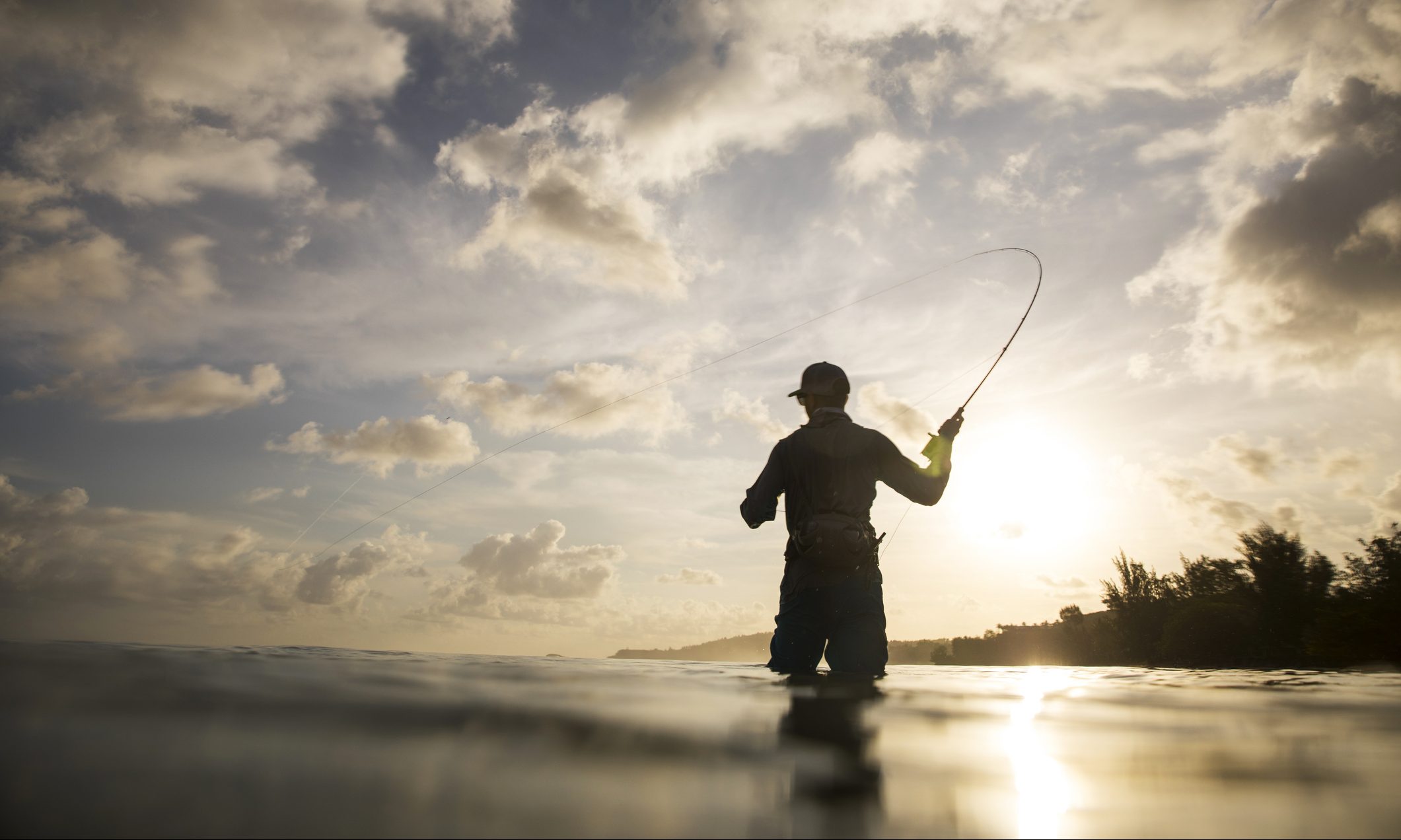

Most fly fishermen have a hit list of the most difficult fish they want to catch at least once in their lifetimes. Of course, there’s going to be disagreement among anglers on which fish pose the biggest challenge. Factors like size, smarts, strength, the season and obscurity come into play.
Videos by Outdoors with Bear Grylls
We asked Harry Ware, a fly-fishing expert and guide in Livingston, Montana, to rank the Top 10 on his list, in order of trickiness, and his best advice and strategy to stripping them in.
10. Trout

Fishing for trout ranges from very easy to super technical, depending on where you are. If you’re in a heavily fished spot, the degree of difficulty rises. If you’re somewhere more remote, like a high mountain stream in the Wind River range in Wyoming, the fish are not well educated—they might not even know what a fisherman is—and don’t care if your fly is exactly correct. That has its own joy to it because you’re in an untouched place making your own footprint.
What they look like: There are 14 breeds of trout in North America and around the world, so it varies. Many have a pink stripe that runs along their side, but you may also find brown trout and rainbow trout, so-named for their coloring. They can also have black spots and a wide, square tail.
Where to find them: Most trout live in cold, fresh water that is consistently below 68 degrees—so pretty much anywhere you can find that.
Why so tricky: If you’re in a heavily fished area, like the Missouri River, the Big Horn River or South Platte in Colorado, the fish have seen flies their entire lives. You must research exactly what kind of fly that fish wants to eat. The size and the color need to be spot on, otherwise the trout will keep turning it down over and over again, until you get it right.
Best fly: Something that mimics whatever their currrent food source (see below) floating down on the river.
Best strategy: Use very small lines and fish from a further distance. Most important: Change up your fly patterns. Trout are not going to eat the same fly they ate last time. Maybe two weeks ago, he was eating stone flies. Two more weeks go by and there’s not as many stone flies on the river, so now he’s into drakes and big mayflies. Down the road in August, he’s looking for terrestrial bugs, so you catch him on an ant pattern. In September, you need a small mayfly like a Trico.
9. Bonefish

These fish are difficult but not impossible to catch because they are very adept at camouflaging themselves and are very suspicious of fishermen.
What they look like: Torpedo-shaped bodies with really pretty, blueish green tops and silver scales.
Where to find them: Bonefish are very widespread but mostly live in shallow water in Saltwater Flats, the Southern Atlantic, the Gulf of Mexico, Hawaii and Indian Ocean.
Why so tricky: They’re tough because they’re fighters. But they’re also a lot of fun.
Best fly: Little shrimp and crabs that imitate the real thing moving along the bottom of the water.
Best strategy: Having the right rod, the right lines and the right thickness of your leader is crucial. You have to be accurate with your cast.
8. Carp
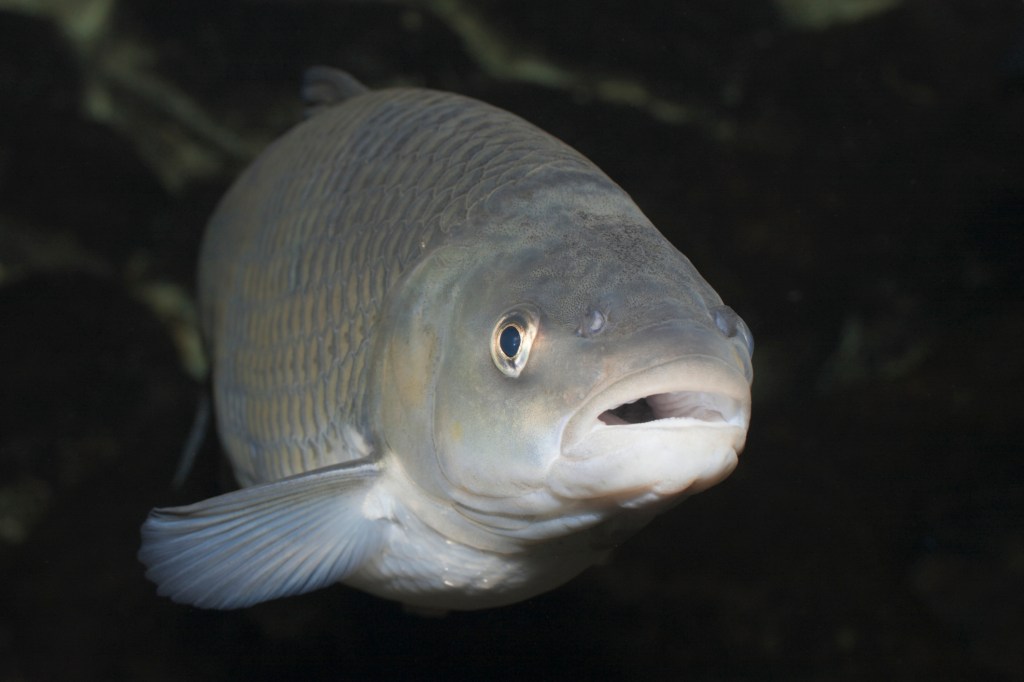
People dis carp because they swim in city sewers. They’re perceived as gross—and rightfully so. They’re trash; however, they’re also a really cool game fish.
What they look like: Carp have really big eyes, intense, big lateral lines on their side, whiskers and suction-cup looking mouths.
Where to find them: I will bet you any amount of money from where you are right now, within 15 minutes, you could find a place to fly-fish for carp. You can catch ’em in Virginia, Florida, Texas, Montana, Wyoming, Kansas literally anywhere.
Why so tricky: They’re omnivores, so you never really know what that carp’s eating. He might be digging around in the mud on the bottom of the lake eating algae and mini crustaceans, like a mite. Or he might be eating crayfish, little leeches or bugs hatching on the surface of the water. Carp are very opportunistic. Whatever they can eat, they eat.
Best fly: Research what food they eat in the specific body of water you’re in. Flies range from aquatic insects to hellgrammite, nymphs, woolly buggers and crawfish with worm tails.
Best strategy: You have to get them in the right mood. Carp can be frustrating because sometimes they’re lethargic—they just lie there like logs getting a suntan. You can drag your fly inches from their face, and they don’t care. A really great time to catch carp is in the springtime when water starts to warm up and they get more active. They’ve been conserving energy all winter long then suddenly they get hungrier and start to actively feed.
7. Tarpon

These monsters can be seven feet long and 200 pounds. Their violent thrashing has actually killed people fighting with them!
What they look like: In addition to being huge, Tarpon mouths are super hard and super bony.
Where to find them: Tarpon prefer warm waters and frequent the coast of Florida and south, but may travel as far north as the mid-Atlantic.
Why so tricky: Though they may be visible from a dock, you’re less likely to have success catching a tarpon off of one—much more effective to be out in the ocean on a boat. Even still, you have to have a game plan. Also, not only is it challenging to get a hook in their bony mouths, a really big tarpon fights so hard. They jump and try to spit your hook out all different kinds of crazy ways.
Best fly: In the correct conditions, tarpon can be fairly simple to get to eat a worm fly that mimics the Palolo worm hatches from the kind of coral rock and sponges that cover the bottom of the Atlantic side of the Florida Keys.
Best strategy: The accuracy of your cast is paramount. You’re gonna use a larger fly rod and make longer casts from 40 feet away. It’s also all about timing. In April and May, tarpon run up and down the coast of Florida during what’s called the worm hatch. They hatch once a year in the springtime when the water gets to a certain temperature. When they’re mating, the tarpon go nuts for them.
6. Taimen
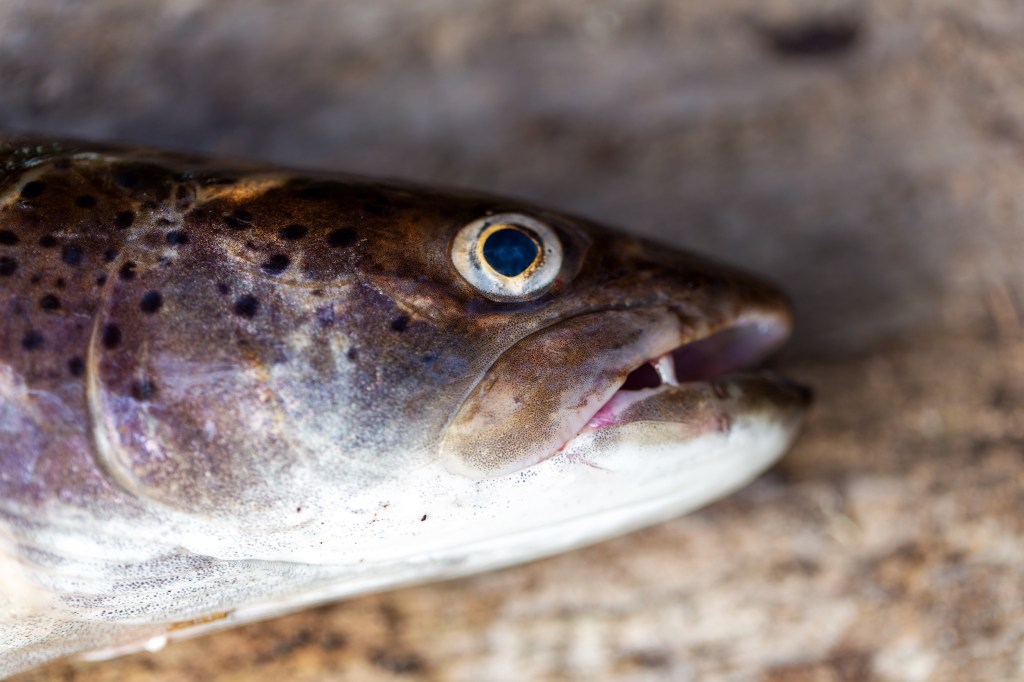
This is a true river monster, which can grow up to 9 feet long. According to folklore, they have spirits attached to them. Taimen are a very sacred fish for the people that live close to them.
What they look like: A very ugly trout
Where to find them: Siberia, Mongolia
Why so tricky: They’re very few and far between, almost an endangered species. Taimen are also insanely predatory fish and very territorial. The taimen is a massive apex predator, who will occupy five miles of river. That’s his territory. He’s not letting anybody in there who can’t fight him. He’s gonna bully and push all the other fish out, so he can eat everything in there.
Best fly: Taimen actually eat small animals that swim across the river, like prairie dogs, ducks and squirrels, so you’ll use massive flies that imitate one of those creatures swimming across the water. It’s fun watching them destroy surface flies.
Best strategy: The process of finding a taimen and getting the fly in front of its face is really hard. You have to have good casting form, otherwise you’ll be throwing a giant hook into the back of your head. You have to be alert and focused at all times. You will walk and/or float really far to find the biggest ones, then you will work really hard to bring one in, casting multiple times.
5. Golden Mahseer
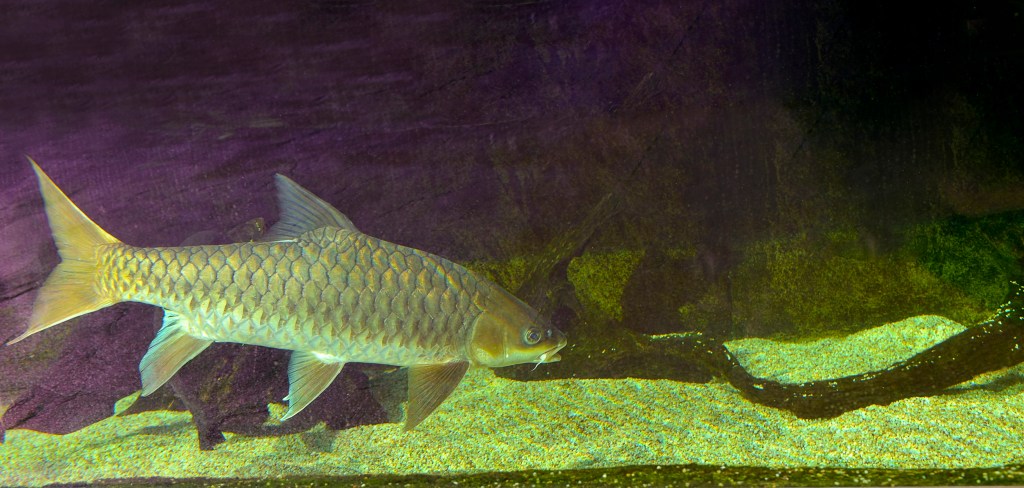
This fish is one of the world’s most prized catches. Like the taimen, the golden mahseer is sacred to its local population. In some places, you must get a blessing from the local temple before you have access to their rivers, and then if you actually catch one, you never kill it.
What they look like: A giant goldfish or bar of gold. They grow to very impressive sizes, up to nine feet long.
Where to find them: In the crystal-clear mountain rivers of The Himalayas, Pakistan and India.
Why so tricky: They’re known for being aggressive fighting fish with big powerful tails. Pair this with a fast river, and that makes them really tricky to catch.
Best fly: This is another fish that eats weird food. They eat insects, but they also eat little frogs that fall in the water as well as algae and red berries and fruits that fall off trees in the jungle. Flies that swim, sink and can take a beating from a fast current are your best bet.
Best strategy: Trial and error. They change up what they eat often. Also, they tend to congregate more in areas where water enters the main river.
4. Milk Fish
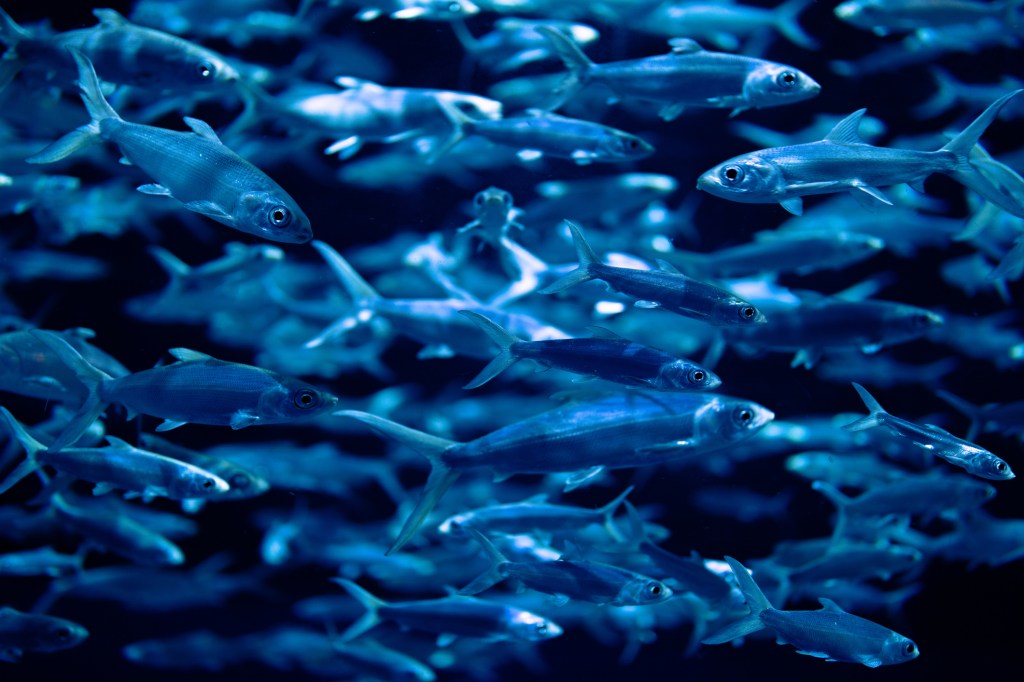
These exotic tropical fish live in very faraway places, so that’s the biggest reason they’re hard to catch.
What they look like: Milk fish are typically about three feet long but can grow up to 6 feet. They’re torpedo-shaped with a soft gummy-looking mouth that resembles a vacuum cleaner. If your foot ended up in their mouth, it probably wouldn’t hurt but it would feel weird.
Where to find them: The Indian Ocean
Why so tricky: They don’t eat smaller fish from the food chain, really. They mostly eat motionless, surface algae, plankton, and maybe tiny shrimp. Nothing that you can make look good as a fly.
Best fly: Little green or charro tufts tied onto a hook that just float there.
Best strategy: Praying. Because your fly just kind of sits there and you hope the milk fish will bite. Then get ready to haul them in because they are strong and make insane jumps.
3. Muskie (over 50 inches)
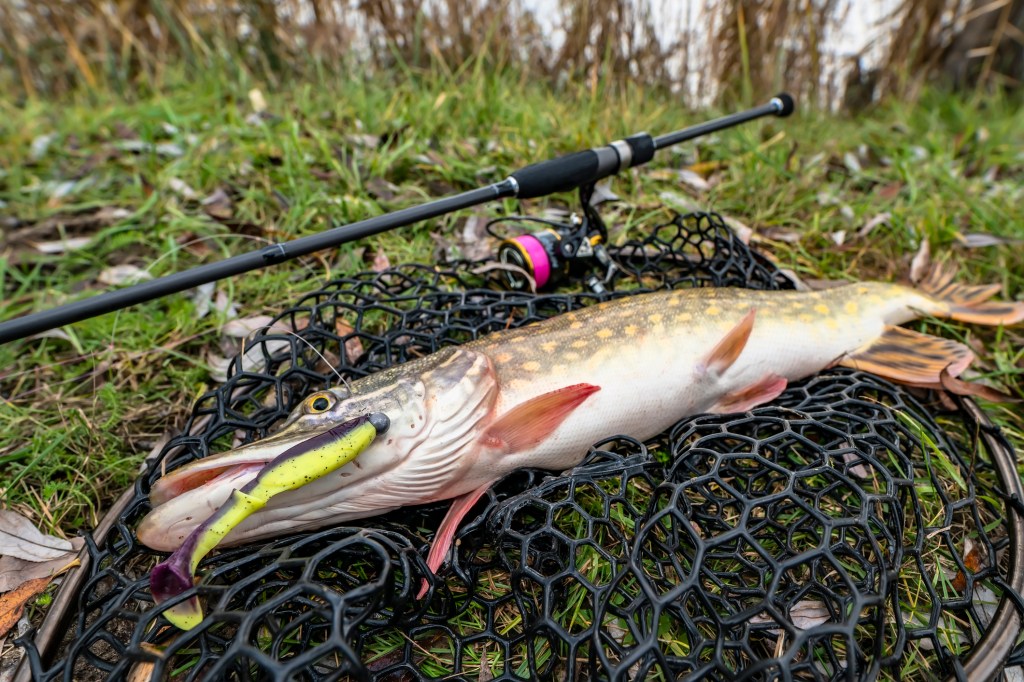
This is another rare one, called “the fish of 10,000 casts” because you will spend an inordinate amount of time fishing for them before you’ll catch one.
What they look like: A gigantic fish with lots of pores on their lower jaws to detect vibration.
Where to find them: These warm-water, freshwater fish are all over the U.S.—the Great Lakes, Tennessee, Virginia, North Carolina and Pennsylvania.
Why so tricky: The really big ones are apex predators, so the ecosystem can’t support a lot of them at once.
Best fly: Massive 14-inch flies that imitate smaller bait fish, like perch or bass.
Best strategy: Use a 10 to 12 weight, shorter streamer rod because you’re trying to cast really far and make the fly look like it’s swimming very naturally. And then you’re stripping the fly in, stripping the fly in, stripping the fly in. It’s a lot of hard work and very taxing on your arm. The best way to outsmart them is to outlast them—you gotta put in the man hours.
2. Steelhead

Even though this fish is referred to as “the fish of 1,000 casts,” it’s not easier to catch than the muskie. People spend days and days and days trying to catch a steelhead.
Where to find them: They live and spawn in saltwater of the Pacific Ocean and swim up rivers into California and Pacific Northwest, as far away as Idaho and Alaska.
What they look like: Steelhead are very closely related to the rainbow trout. So much so that there’s a big debate among anglers that Pacific-run steelheads are the same as freshwater trout in the Great Lakes. But a steelhead living in the Pacific Ocean has a much greater struggle to survive than a steelhead in the Great Lakes.
Why so tricky: It’s not that hard to get a steelhead to eat the fly—it’s finding the fish to begin with. They are rare in some areas. They have a hard survival route, preyed on by sharks, seals and dolphins. There are also a lot of dams in the Pacific Northwest now, which limit steelhead runs. In the lower 48, they can be pretty hard to spot.
Best fly: Steelhead will eat dry flies, swung flies and intruders.
Best strategy: Put your fly right in front of their face, using a very long rod you can cast far across the river. Stick with a single fly on a hook and either a floating line, a sinking line or an intermediate sinking line. Steelhead swim upstream to spawn. Eating a fly for them is an aggressive reaction, not necessarily a hungry reaction. They eat it because it’s in their face and it’s in their zone and they’re angry.
1. Permit
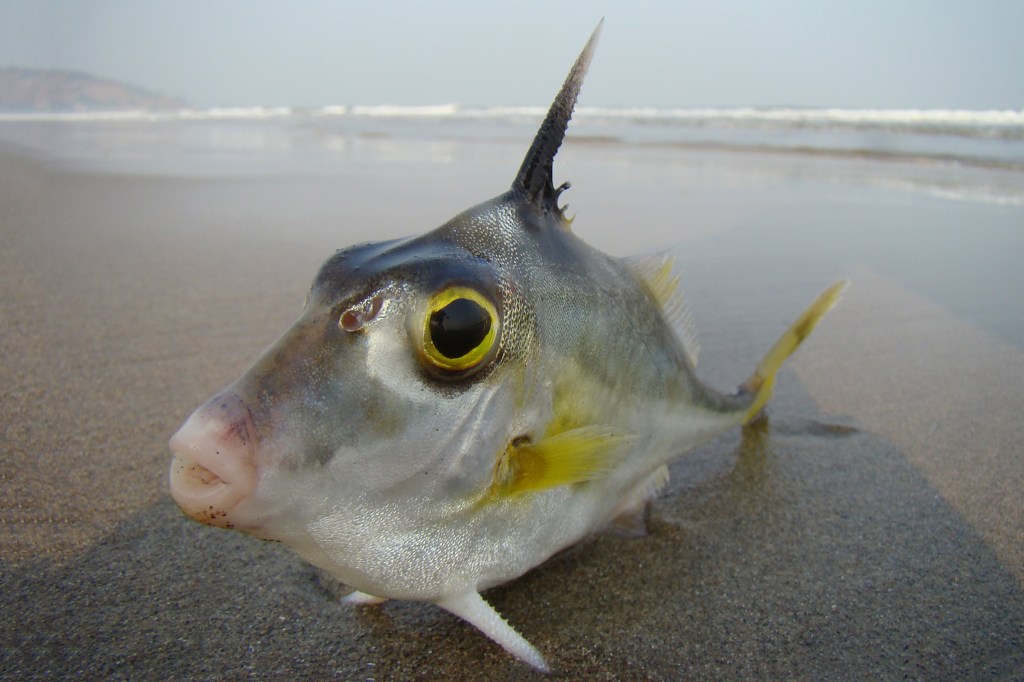
The Permit is the big trophy, the most renowned fish amongst all fly fishermen. If you can catch a Permit, you have some measurable degree of skill and are highly respected in the fly-fishing world. People dedicate their lives to figuring out how to catch a Permit. Ware knows a guy who tried for seven years in a row and never caught one—until his last year, when he caught two in one day.
What they look like: A weird-looking alien. They’re shaped like a convex dinner plate, circular with a flaky tail. And they have huge eyes.
Where to find them: Saltwater in the Indo-Pacific, Atlantic Ocean and tropical warmer waters off Southern Florida and the Gulf of Mexico.
Why so tricky: They are extremely wary of everything going on around them. They have amazing lateral lines that pick up on electromagnetic sensors and vibrations in the water.
Best fly: Little crabs and shrimp.
Best strategy: You can spook them very easily with your cast. They swim in fairly deep water, so you’ll use a 9-weight fly rod, a much heavier piece of equipment. You must be able to cast from up to 60 feet away and let it sink in front of this fish in the exact spot that the fish is going to swim towards. You’re making an educated guess on the path of the fish. It takes a lot of practice. You must calculate wind and ocean waves and deliver your fly to a hula hoop-sized area or smaller. Good luck!


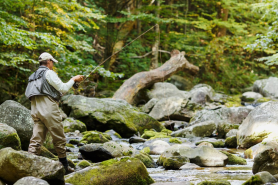
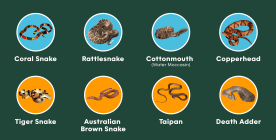
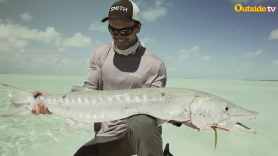




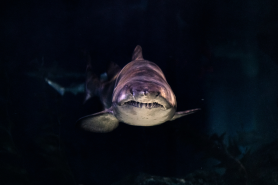
Sorry but the photo accompanying #1Permit is not a PERMIT. Thx
How can you write an article and not know what a Permit is ?
As a fly fisher, I now hate Bear Grylls.
UMMMM….. Having grown up in Florida and living on the Indian River and having fished EVERYDAY that there wasn’t surfable waves…… I MUST TELL YOU, THAT IS NOT A PERMIT!!!!!! PLEASE TELL ME THAT THEY POSTED THE WRONG PICTURE IN YOUR ARTICLE!!!!
That’s a Boxfish, not a Permit. Nevertheless hard to catch on fly. Moreover, Steelhead do not spawn in the Pacific.
Are Trout hard to catch on fly? Having caught thousands, I doubt it.
One species that is definitely missing, would be the Cayun Permit, the humble sheepshead….
Steelhead? Just take down the entire reference, it’s all wrong.
Great Lakes Steelhead and Salmon are both hatchery transplants from Skamania run (WA) and Clackamas run (OR) fish respectively.
Steelhead are river spawned, ocean going trout. Genetically proven. Hatchery involvement has both enhanced numbers but ruined native runs. Yes, they are very difficult to catch. I’ve caught hundreds of them.
Apparently Muskie’s are so hard to catch with a fly rod that the picture shows that one was caught with a spinning rod?
Tight lines to all.
Yea, that’s a permit and my goldfish is a shark.
Ok, you have been beaten up about that Permit and Steelhead so just to get the final shot in, that is not a trout, it is a char